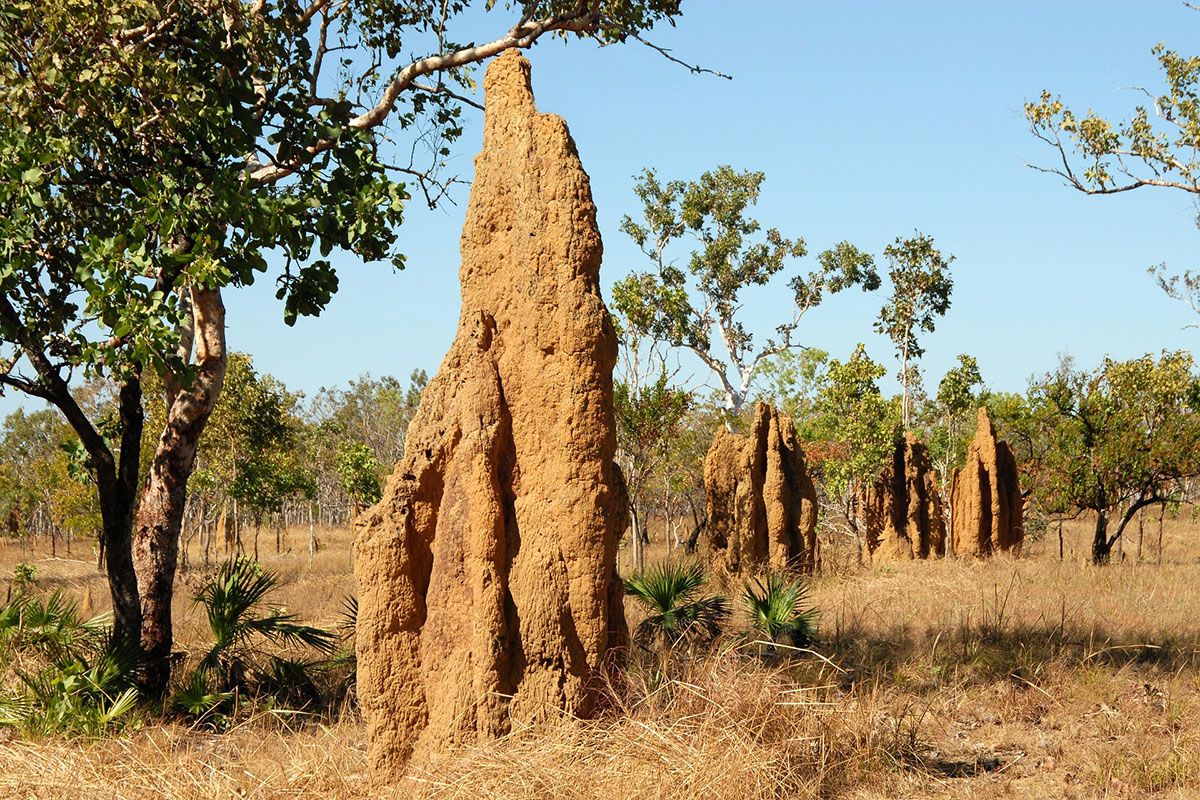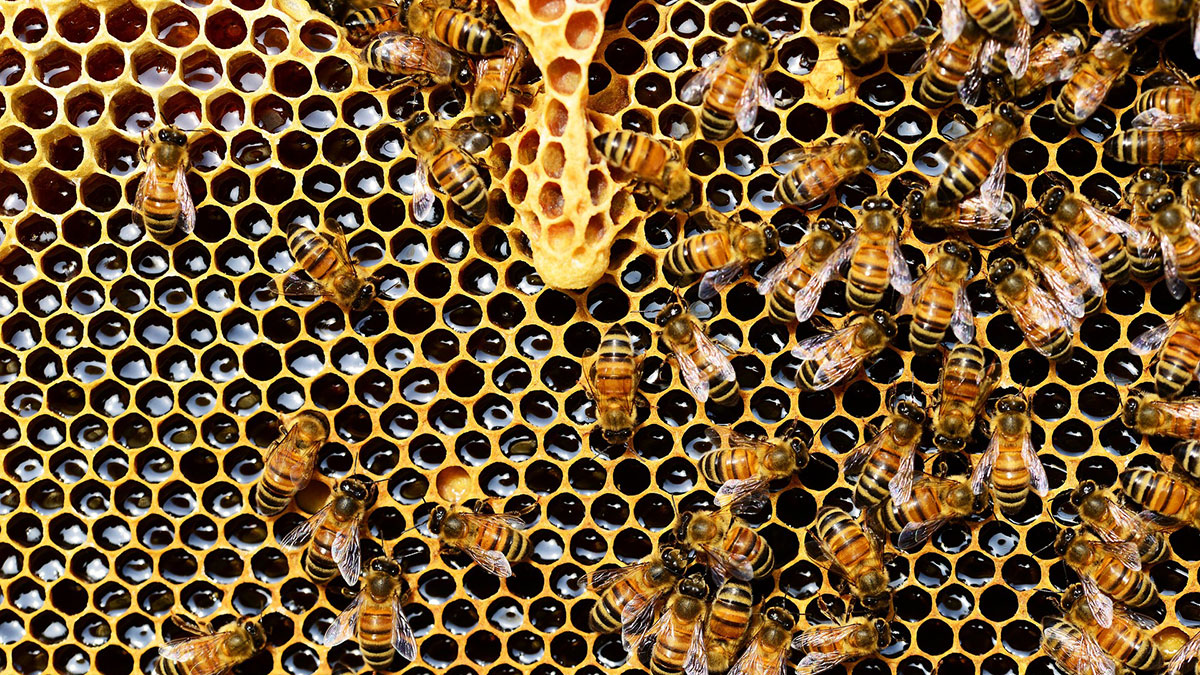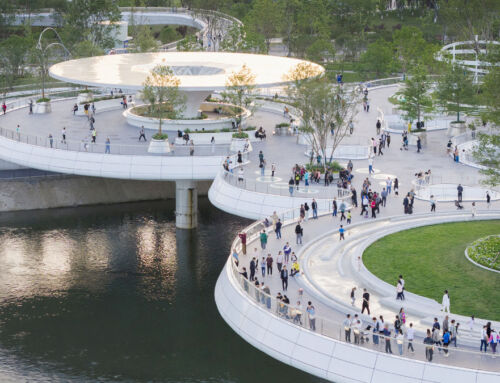We can agree to call “animal architecture”, those structures that animals build as shelter or to fulfil specific functions necessary in their lives, such as attracting mates or protecting their young. These constructions can sometimes be incredibly sophisticated. For example, the nests of some birds, or the burrows of foxes and rabbits, or the anthills and termite mounds, or the functional and aesthetically impressive spider webs, beehives, beaver dams…

It is astonishing to see the influence that these structures exert on human architecture. Biomimicry, a way of making architecture that starts from nature, that imitates its forms and functions, drives architectural and technological innovations.

For example, bee honeycombs have inspired the development of lightweight, durable materials; some buildings emulate the ventilation systems of termite mounds in buildings designed for passive cooling; and beaver dams have served as models for sustainable water management strategies.

By observing such animal architecture, our species has learned to design structures that are more efficient, sustainable and adapted to the natural environment. Therefore, the power of nature as a guide to solving modern challenges becomes evident. This exchange of ideas reinforces the connection between biology, innovation and contemporary practices in architecture and engineering.
By Alberto Lopez, Senior Structural Engineer at Amusement Logic’s Architecture Dept.






